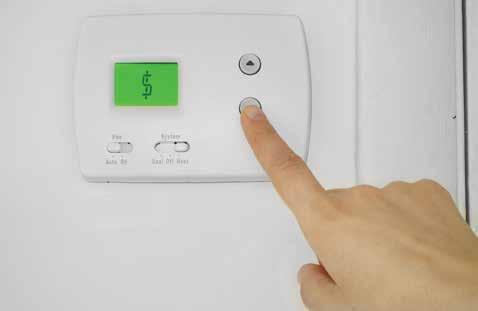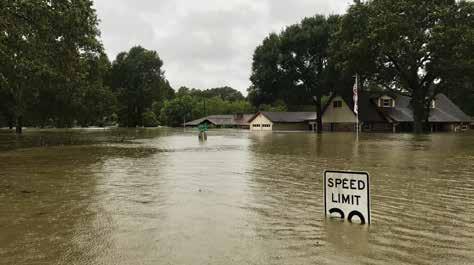Feature
How Texas Energy Assistance Program Can Assist Propane Customers local restrictions from COVID- 19 that impact the household to a local CEAP branch caseworker in their local country. The allocation formula for CEAP uses the following five factors and corresponding weights to distribute its funds by county: non-elderly poverty household factor (40%); elderly poverty household factor (40%); inverse poverty household density factor (5%); median income variance factor (5%); and weather factor (10%). How does it work?
‘Tis the season for high propane use, y’all! Texas’ cooler weather months are upon us, and not only will much more propane be used as Texans heat their homes, but it’s also the best time for lower-income customers to employ our state’s utility assistance program to help pay for a tank fill. What is CEAP?
The Texas Comprehensive Energy Assistance Program (CEAP) is funded by the U.S. Health and Human Services Department’s Low Income Home Energy Assistance Program (LIHEAP). The purpose of CEAP is to provide energy assistance to income-eligible households. TDHCA administers the program through a network of 37 CEAP Subrecipients. The subrecipients consist of private nonprofit entities and units of local government. CEAP Subrecipients make energy payments for eligible households to energy companies through a vendor agreement with energy providers. Eligible households may be assisted with Utility Assistance and Household Crisis Assistance benefits, which are the two CEAP assistance components. Benefits are determined on a sliding scale based
12
on income, household size and Federal Poverty Income levels. The Household Crisis Component is designed to provide one-time energy assistance to households during a period of extreme temperatures or an energy supply shortage. A utility disconnection notice may constitute a Household Crisis. In some instances, Household Crisis funds can be used to assist victims of natural disasters. In fiscal year 2019, almost $120.5 million was used to help 159,152 Texas households. For FY 2020, the CEAP has a budget of $163 million and last spring, due to CARES Act money awarded because of COVID-19, Texas received an additional $90 million. Who is eligible?
The targeted beneficiaries of CEAP in Texas are households with an income at or below 150% of federal poverty guidelines, with priority given to aging Texans; persons with disabilities; families with young children; households with the highest energy costs or needs in relation to income (highest home energy burden); and households with high energy consumption. Applicants can verbally report loss of job, income, or need due to sheltering-in-place or
Texas Propane • www.txpropane.com
Customers apply for CEAP through their local community action agency, which processes their application, determines eligibility, and is authorized to provide utility assistance totaling up to $1,400 per year per household. The maximum possible annual Household benefit aggregate to $8,200. “Here in Texas, we can help folks with Program Year 2020 Income Limits for CEAP (Effective February 3, 2020) Persons in 150% of Family/Household Federal Poverty Guidelines 1 $19,140 2 $25,860 3 $32,580 4 $39,300 5 $46,020 6 $52,740 7 $59,460 8 $66,180 For families with more than 8 people Add $6,720 for each additional person Eligibility for CEAP is calculated at 150% of Federal Poverty Income Guidelines. SOURCE: U.S Department of Health and Human Services Federal Poverty Guidelines https://aspe.hhs.gov/poverty-guidelines






